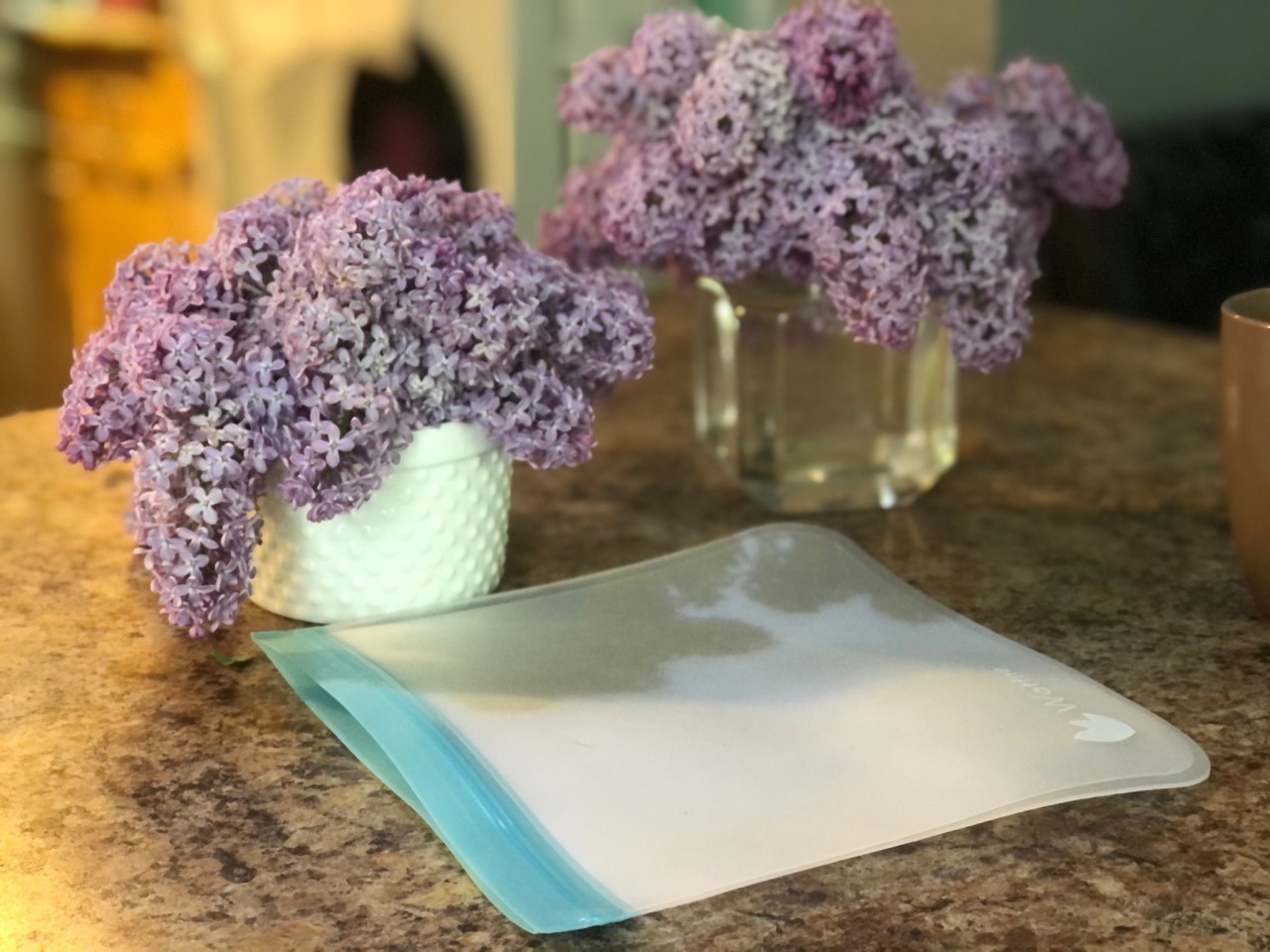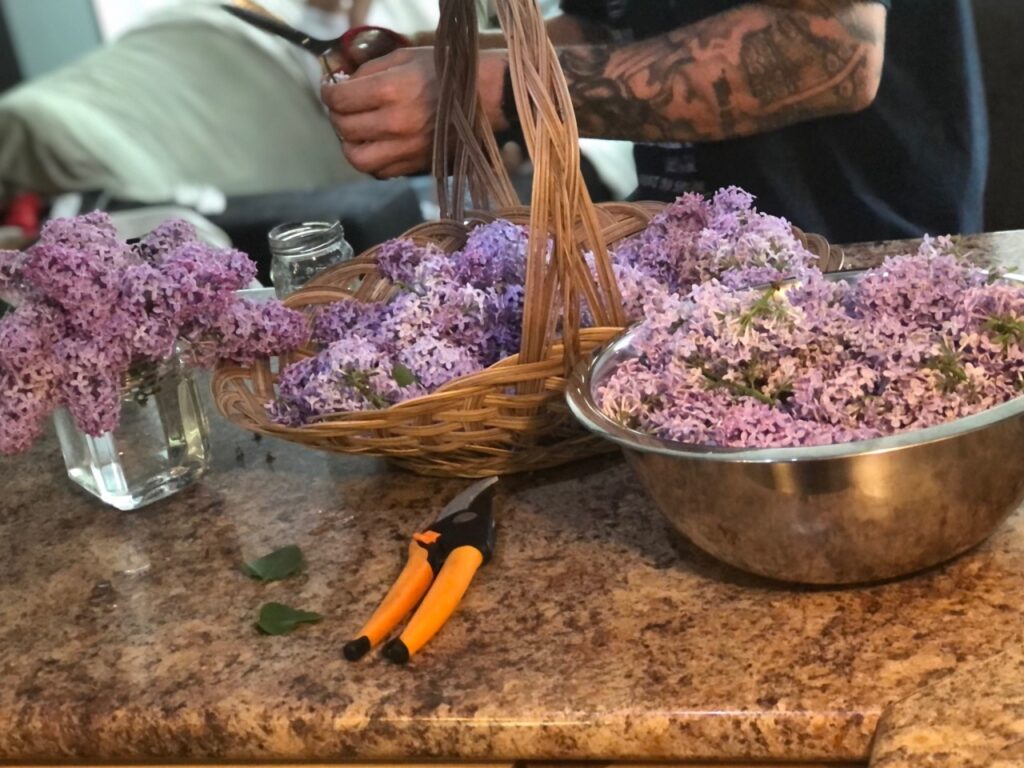
Lilacs (Syringa vulgaris) the “Queen of Shrubs”
We are big fans of flowers, and especially hardy flowers, since we are budding gardeners and still learning – so we like a few easy wins. And what is a hardy flower we love? Lilacs! We do nothing, and we have heaps come spring! In contrast, we’ve been trying to grow the not-so-hardy lavender for years. With little success (we just started to stratify some new seeds in our attempt for this season), we decided to start with the most abundant and hardy flower we could find locally, our lilac bushes.
Lilacs have a lovely scent and since we don’t have lavender around (yet), why not use what we have? Since we are now mid-winter 2022, we thought this little throwback to early spring might help us through the winter blues. So what did we do with our lilacs? First, we did a little reading!
Medicinal Uses
Lilacs have been used for centuries as a form of medicine. Lilac leaves and flowers have traditionally been considered a tonic, a febrifuge (helps lower a fever), a vermifuge (anti-parasitic) and an antiperiodic (preventing the return of a disease), and it has been used in the treatment of malaria. This has been confirmed in peer-reviewed works like this one that demonstrated that common lilac, which is a traditionally used medicinal plant in Europe, is a valuable source of active compounds, especially neooleuropein. Scientific data supporting the traditional use of S. vulgaris are connected with its antioxidant, anti-inflammatory, anti-nociceptive and antipyretic properties. Traditionally N. American indigenous peoples chewed it to relieve sore mouths.
History of Lilacs in Canada
The history of the lilacs in Canada can be a bit problematic. Lilacs likely made their way to Canada from Eastern Europe, thanks to the pioneers in the 1800’s, and of course Colonialism. Although they are beautiful, we do think it is important to acknowledge history and the effects of the colonizing of Canada. It is important to contextualize the botanical history of imported plants but even more so the fact that we should always be mindful of our native species and respect our native peoples when planting anything. There are many references to lilacs in North America, but we must remember they are not native here. For an extensive look at the history and first historical references, check out “An Ode: A History of Lilacs in Canada by Andrea Eidinger”
How We Used Lilacs
As we learn to use more foraged flowers in everything from cooking to medicine, we know that we simply had to discuss the “Queen of Shrubs” and find a way to harvest and use it in our everyday life. We tried to freeze some which left them brown and soft, with a sweet honey-like odor. This might be useful to use in recipes but it was definitely not a great way to store them for any other uses. We also infused some coconut oil, and honey. The honey was delicious! We ended up using bundles we hung to dry.

So what did we make? Our very first skincare product! Lilac and lavender Epsom salt scrub made by us!!
Wildcrafting With Our Spring Harvest
I started to make DIY salt scrubs at home. I’ve been slowly perfecting the right recipe. First, I used kosher salt, sugar, and essential oil. Essential oil needs to be mixed with a carrier oil to be applied topically; so I tried coconut oil, however I found coconut oil is comedogenic (i.e. clogs pores). So I changed the recipe to sea salt, epsom salt, glycerin oil, and I’ve been using dried hibiscus leaves, basically loose tea leaves for scent. It is a significantly better recipe however, I’m not a fan of the staining from the tea leaves. Which is where the lilacs come in! They are only around for a short period of time in the spring, so we harvested a bunch of the flowers and are trying 4 separate ways of preserving them: freezing, air drying, in coconut oil, and in honey. Lilac flowers are also edible. so we will be posting the various things we try to do with these beautiful, fragrant, flowers!
Wildcrafting notes from our little modern forest nymph.
To prepare dried lilacs to use in products, you can hang dry them or place them on a drying rack somewhere they will get plenty of airflow. Air-drying is a basic, simple method of preserving lilac flowers, although pink blooms tend to fade. This method can take three weeks or more.
Check out our shop for more info!